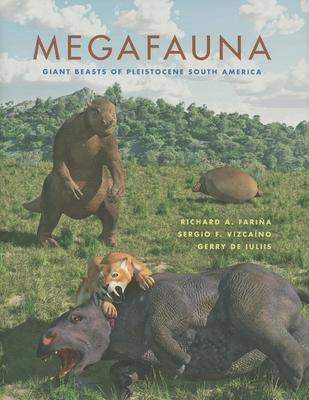More than 10,000 years ago spectacularly large mammals roamed the pampas and jungles of South America. This book tells the story of these great beasts during and just after the Pleistocene, the geological epoch marked by the great ice ages. Megafauna describes the history and way of life of these animals, their comings and goings, and what befell them at the beginning of the modern era and the arrival of humans. It places these giants within the context of the other mammals then alive, describing their paleobiology--how they walked; how much they weighed; their diets, behavior, biomechanics; and the interactions among them and with their environment. It also tells the stories of the scientists who contributed to our discovery and knowledge of these transcendent creatures and the environment they inhabited. The episode known as the Great American Biotic Interchange, perhaps the most important of all natural history "experiments," is also an important theme of the book, tracing the biotic events of both North and South America that led to the fauna and the ecosystems discussed in this book.

Megafauna: Giant Beasts of Pleistocene South America
More than 10,000 years ago spectacularly large mammals roamed the pampas and jungles of South America. This book tells the story of these great beasts during and just after the Pleistocene, the geological epoch marked by the great ice ages. Megafauna describes the history and way of life of these animals, their comings and goings, and what befell them at the beginning of the modern era and the arrival of humans. It places these giants within the context of the other mammals then alive, describing their paleobiology--how they walked; how much they weighed; their diets, behavior, biomechanics; and the interactions among them and with their environment. It also tells the stories of the scientists who contributed to our discovery and knowledge of these transcendent creatures and the environment they inhabited. The episode known as the Great American Biotic Interchange, perhaps the most important of all natural history "experiments," is also an important theme of the book, tracing the biotic events of both North and South America that led to the fauna and the ecosystems discussed in this book.